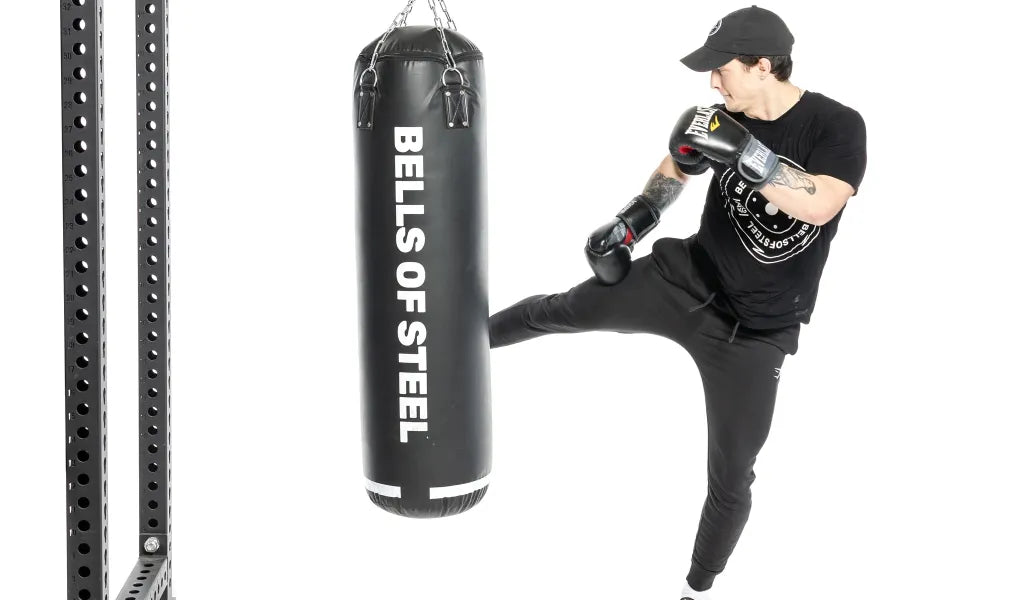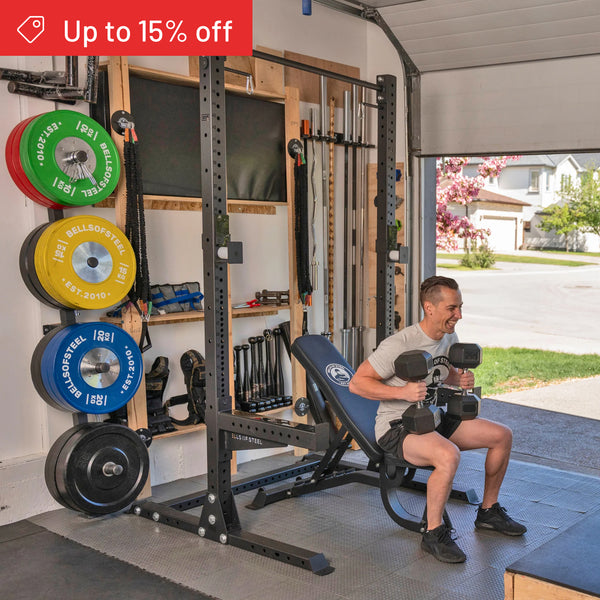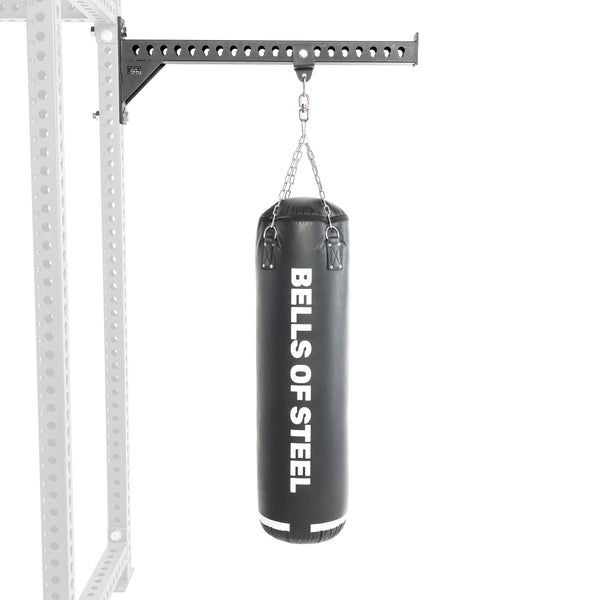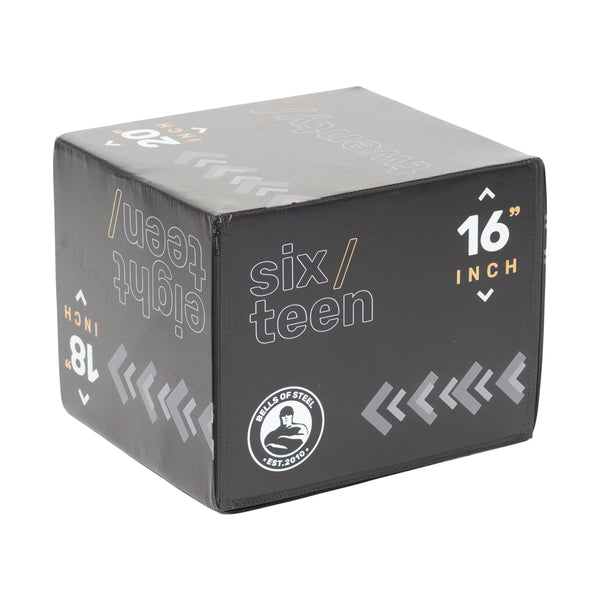If you’ve ever tried shopping for a punching bag, you’ve likely noticed a wide range of weights, sizes, and materials.
So how much does a punching bag weigh — and more importantly, how do you choose the right one for your training style?
Whether you’re a beginner or building a high-performance home gym, understanding punching bag weight is key to getting the correct feedback, resistance, and durability for your goals.
How Much Does a Punching Bag Weigh
The weight of a punching bag depends on several key factors that influence how it performs during training.
These include the type of bag (heavy bag, Muay Thai, uppercut, etc.), its length and diameter, the filler material inside (such as textile scraps, sand, rubber, or water), the outer shell material (vinyl, synthetic leather, canvas, or genuine leather), and whether it’s a hanging or freestanding design.
Below are the most common examples.
Standard Heavy Bag Weight
Most people picture the classic heavy bag: a cylindrical bag hanging from a chain or mount used for boxing, kickboxing, and MMA.
Typical weight range: 70–150 lbs
Standard size: Around 4 ft long and 14" in diameter
- 70–100 lbs: Great for general fitness, speed training, or beginners. A 70 lb bag allows more swing, which can help with footwork and timing.
- 100–150 lbs: Better for intermediate to advanced strikers who want more resistance and less bag movement.
What affects the weight?
- Filler material: Most heavy bags are filled with textile scraps, which are dense but not overly compact. Some bags incorporate sand or rubber crumbs for added weight and stability. Bags filled with water bladders, like Aqua Bags, offer a more fluid resistance and weigh differently depending on fill level.
- Outer shell: A synthetic leather or vinyl shell is lighter than a genuine leather or canvas bag. Bells of Steel’s Heavy Bag Set uses ultra-durable materials that hold up under hard strikes without adding unnecessary weight.
Muay Thai or Full-Length Bags
These are longer than traditional boxing bags, designed for low kicks, knees, and elbows.
Typical weight range: 100–200 lbs
Standard size: 5–6 ft long, 14–16" diameter
Because of the added length and extra filler, these bags often start at 130 lbs and can go up to 200 lbs — particularly when used for professional or full-contact training.
Uppercut & Angle Bags
Smaller, uniquely shaped bags are designed to help with punch variety, especially hooks and uppercuts.
Typical weight range: 40–80 lbs
Standard size: Varies, usually compact
Lighter in weight, but still dense. Angle bags usually taper at the top to mimic a torso, while uppercut bags allow upward strikes. Their compact size means they swing more freely, helping with rhythm and movement training.
Wrecking Ball / Teardrop Bags
These are rounder, heavier bags often used for power punches, body shots, and clinch work.
Typical weight range: 60–120 lbs
Shape: Spherical or teardrop-shaped
Because of their center mass and shape, even a 70-lb teardrop bag can feel heavier than a standard heavy bag. Therefore, teardrop bags are ideal for close-range training and conditioning.
Freestanding Bags
While not “hung,” freestanding bags have a base that can be filled with sand or water.
Base weight filled: 150–300 lbs, plus bag top (~20–40 lbs)
The total weight depends on how much filler you use. Water is easy to add but may shift during strikes; sand offers more stability. These bags are ideal for home gyms where you can’t drill mounts into the ceiling or floor.
Pro Tip: Weight ≠ Toughness
Heavier doesn’t always mean better. You risk injury and reduce mobility training if your bag is too heavy. If it’s too light, it’ll swing too much and kill your rhythm. Use this guideline:
- Your weight divided by 2 = ideal punching bag weight
- A 180 lb person? Start with a 90 lb bag
For kicking and MMA? Go heavier. For speed and agility? Go lighter.
Final Thoughts
The weight of a punching bag varies depending on its type, size, filler material, and purpose. There's no one-size-fits-all, from light uppercut bags to 200 lb Muay Thai monsters. Always choose based on your training goals, striking intensity, and available space.




